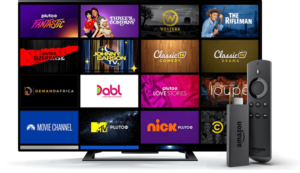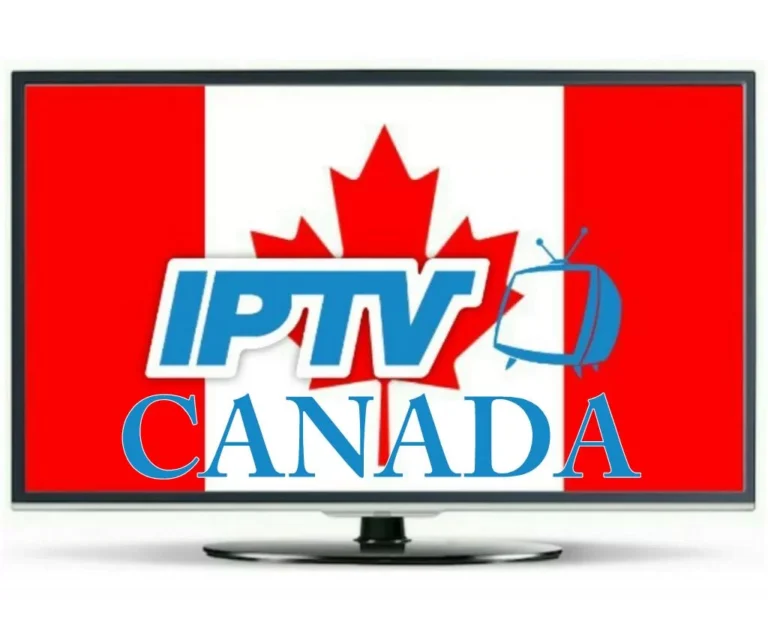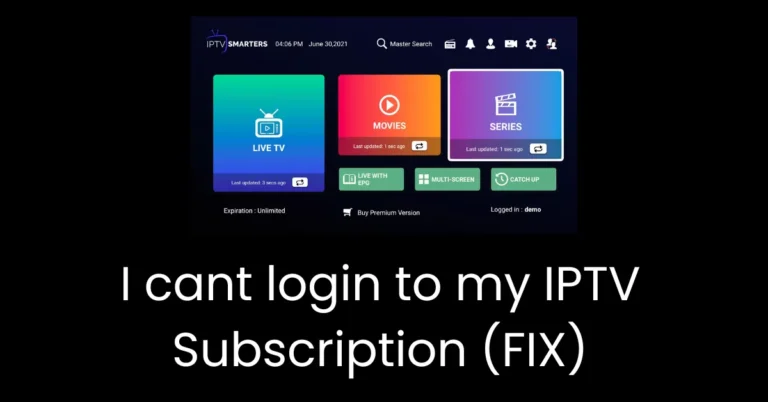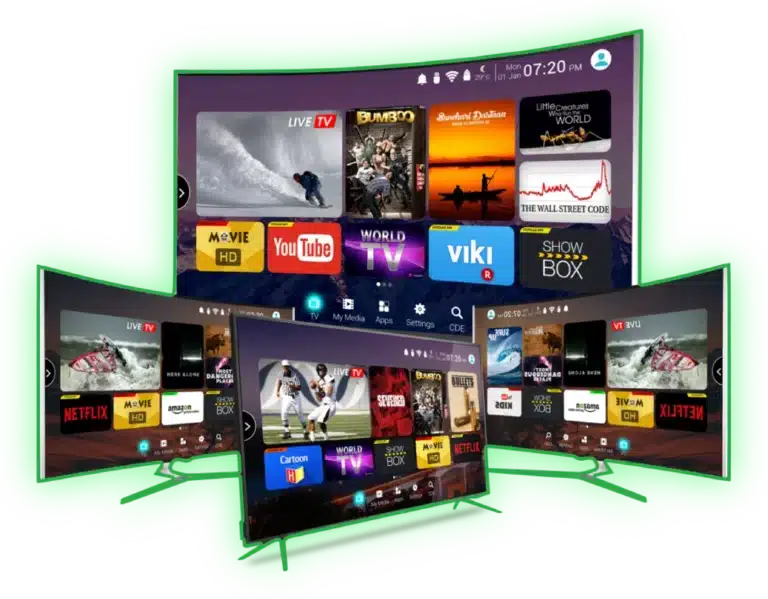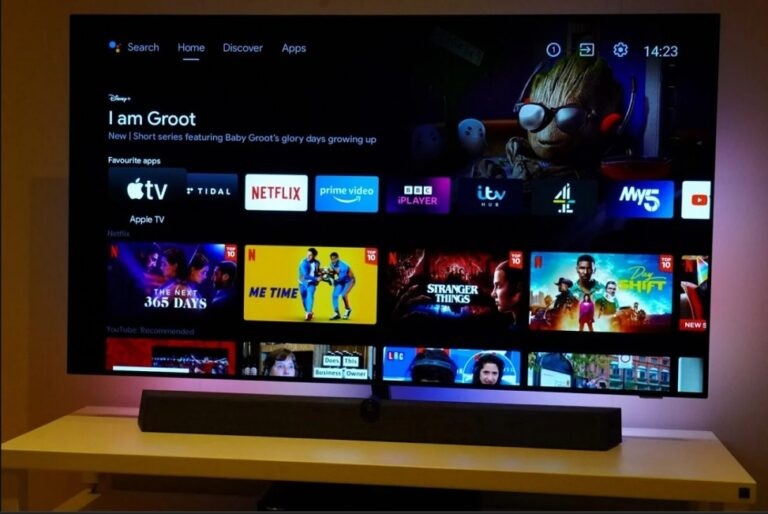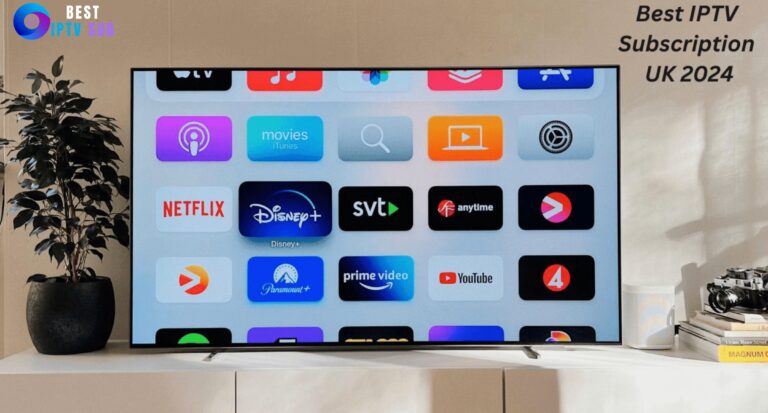What is IPTV and How Does it Work

What is IPTV
The History of What is IPTV
“What is IPTV” Right now we are in the second or third Golden Age of television, depending on how you define the era. The first Golden Age was the 1950s, where this relatively new medium called television came onto the scene. Television’s technological progress was fostered by companies like RCA (technology), as well as Hollywood’s content production studios such as Universal and Columbia, which drove this new medium to massive popularity.
Television went through some major changes over the years, with many production and broadcast TV companies saturating the market. Many TV shows eventually became very formulaic, and only a handful of programs each year would truly capture the attention of the nation. The 1980s brought with it a new era of executives who had a bit of a different way of thinking, carrying with them fresh new ideas and resulting in a new era of television programming.
Then in the 2000s, something dramatic happened. Advances in media distribution technology and broadband internet saw the birth of ‘digital TV’ technology. With nearly everyone suddenly having access to high-speed internet, this led the way for HDTV, online video platforms, video-on-demand, Web TV and TV streaming. Around the same time, Wi Fi technology improved and before we knew it, there was a hotspot on every corner.
OTT vs IPTV
Over the Top Streaming
You cannot understand “What is IPTV” without knowing what an IP is. IP stands for internet protocol and everyone who has an internet connection is assigned an “IP Address”. This is a unique address that identifies a device on the internet or on a local network. It allows for information and data to be transferred between devices on a network.
Today, most video content either comes in the form of IPTV or OTT. IPTV stands for “internet protocol television” and OTT stands for “Over the Top”. While both bear many similarities, OTT provides content delivery over the same open, unmanaged network that you stream your music from, receive emails, and surf the web. The network creates a direct connection with your device via the internet. OTT providers deliver media content usually in the form of live broadcasts and/or video-on-demand, over the internet instead of traditional cable TV.
When you watch media content on OTT, your device will have to establish a unique connection with the server that is providing the content, however, because this is OTT, users may experience fluctuating levels of network bandwidth, leading to packet loss and a lower quality viewing experience.
Internet Protocol Television
As an IPTV streaming provider, it is imperative that you choose the right server and hosting solutions provider to ensure all of your present and future needs are met. By choosing an incorrect hosting package, your users may experience a variety of issues from packet loss, to latency and a poorer viewing experience. This is why your provider should offer the best customer solutions package, especially when it comes to customer support. After all, do you really want your distributor network to field calls from upset customers?
Ultimately the biggest takeaway between the IPTV and OTT comes down to quality. We have all experienced packet loss while watching YouTube or Netflix (glitches and pixelation when users watch online videos). OTT IP creates a direct connection with your device, whereas IPTV services are supported on managed networks that can support multicast streaming. That is, a single video can be shared with all viewers on the same network, instead of making a connection with each individual user.
How Does IPTV Work?
Now that we have answered the question, ‘What is IPTV’, you’re likely wondering how IPTV works. Unlike traditional TV, IPTV works off of an IP network and provides content delivery of audio and video for users to consume.
How is IPTV streamed? When you want to watch IPTV TV shows, you would do so through your internet connection by way of a set-top box, as opposed to your cable or satellite provider. When you click the link to start one of the TV shows, this sends a request to the content source or sources (usually a server or servers). The server divides the video content into data packets over internet protocol IP in a video compression format. It delivers the data to a local node in your neighborhood. The signal then travels to your home, usually through fiber optic cable where your device or set-top box decodes it so you can watch your IPTV channels.
Hosting for IPTV Service Providers
As mentioned previously, as an IPTV provider, you need to ensure that you have a reliable hosting solutions provider, but equally important is finding a premium service carrier. Oftentimes when setting up a streaming business, or any start-up for that matter, the cost of a start-up is always a concern. But smart entrepreneurs understand that there are certain costs that you simply cannot ‘cheap out’ on. Remember, the premise of your entire business is predicated on providing an ‘experiential’ service, that of getting the satisfaction of watching the latest episode of Mythic Quest or the most recent Star Wars or Marvel movies. When you provide a poor viewing experience, your customers will look for another provider. So ensure that you have more bandwidth than you need to ensure future growth, along with the right components in your server.
What are the Pros, Cons and Benefits of IPTV?
Where we see the most rapid adoption rates for IPTV is with those who use a set-top-box. Not to be mistaken for video on demand (VOD) devices such as Roku and Amazon Fire TV Stick. An IPTV set-top box is used to convert the signal that is received through an internet connection in order to broadcast the video onto your TV screen. The box itself can be connected through HDMI or AV cables, or even via WI FI.
Once set up, you must subscribe to an IPTV service provider network. Often this is usually a reseller of a company that manages a network of content. These service providers are often open to helping you get set up. There are a great many IPTV providers who can set you up with any number of packages, offering TV channels in the thousands.
Pros
What are the benefits of IPTV? When you watch through a streaming box, IPTV offers a more pleasurable watching experience as you are not subjected to packet loss as you would be with OTT. IPTV is also very cost-effective, especially if you are still paying traditional cable rates. You can purchase a subscription for as low as $19.99 and receive thousands of channels from your IPTV service provider. Some IPTV services offer international channels, which is great especially for those new to the country and are looking for programming in other languages or from their native country.
Cons
Do you remember in the old days when our satellite TV would go down every time there was a storm? Fortunately, “What is IPTV” IPTV is not subject to that kind of problem, but it is reliant entirely on your internet connection. If your internet service provider has a tendency of going down, you may want to switch before making the move to IPTV.
If you’re on broadband internet but have a slow connection, you may have latency and buffering issues to deal with, so ensure that you have a strong connection of at least 25 Mbps (megabits per second). This is if you happen to fall into the category of being a videophile (or video snob) and insist on watching only in high-definition (720p or better). If you are fine with lower broadcast standards such as SD (standard definition), then you are fine with lower speeds of around 10 Mbps to 18 Mbps. The absolute minimum would be 2 Mbps, but we wouldn’t recommend it. High speed is definitely the way to go for the best viewing experience.
The way we will watch TV in the future
The future of IPTV runs in direct parallel with the future of television, period. You can expect television of the future to be a completely immersive experience. Television will continue to evolve as new and improved technologies come to market. Its evolution will intensify and not only create new programming formats but push the boundaries of personalized viewing experiences that we cannot yet comprehend. Along with that comes, immersive and gamified ads (never mind VR and AR, those topics are for another article).
We are already seeing streamers like Netflix developing interactive tv content where the users choose which direction the story goes (see Bear Grylls You vs. Wild). Instead of simply watching something on your TV screen, you will have the opportunity to participate in the show and interact to potentially impact the outcome of the program, giving new meaning to ‘reality-show’. Running Man, anyone?
How Do I Get Started
You can find IPTV set-top boxes almost anywhere online, including Amazon. Like anything, shop around, remembering that you need to find a service to subscribe to. Often you can find a local IPTV service provider who can also provide you a set-top box at a competitive price. Some of them even offer installation and will come to your home and demonstrate the installed product for you.
Once you have decided on an IPTV service provider you are on your way to a new world of TV channels, (a place of not only sight and sound, but of mind; a journey into a wondrous land whose boundaries are that of imagination.). With IPTV you get premium VOD service, having all of the channels on the broadcast spectrum, thousands of movies, live IPTV and events, in real-time, not time-shifted.
The future of IPTV is very exciting, and I hope I was able to define ‘What is IPTV’ for you. Now when someone asks you ‘What is IPTV’, you have your answer.





